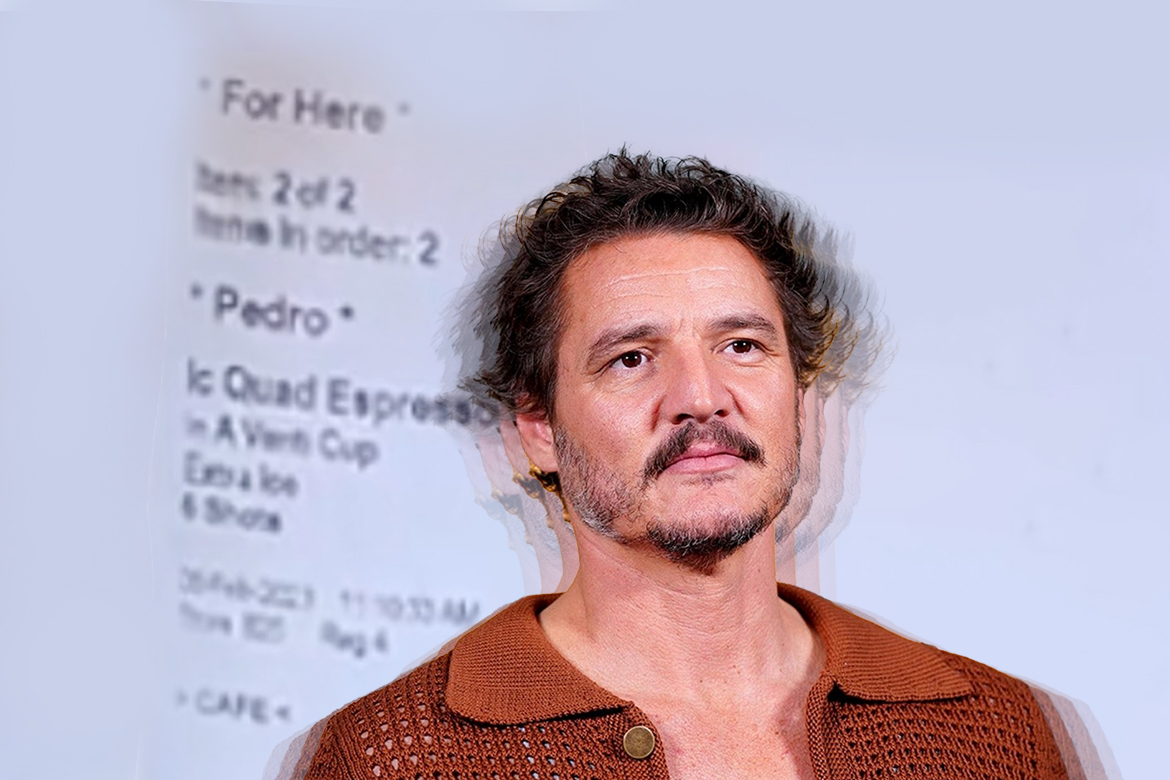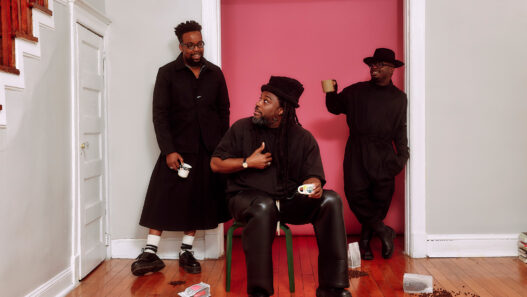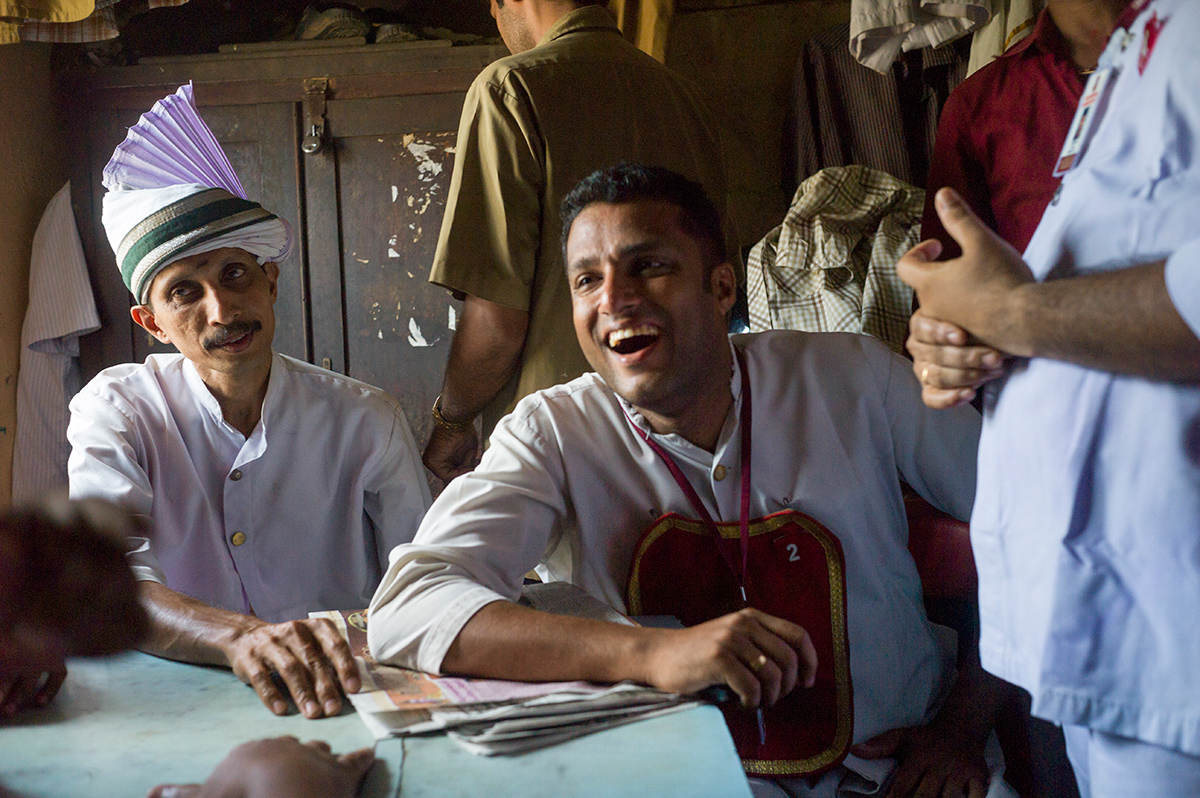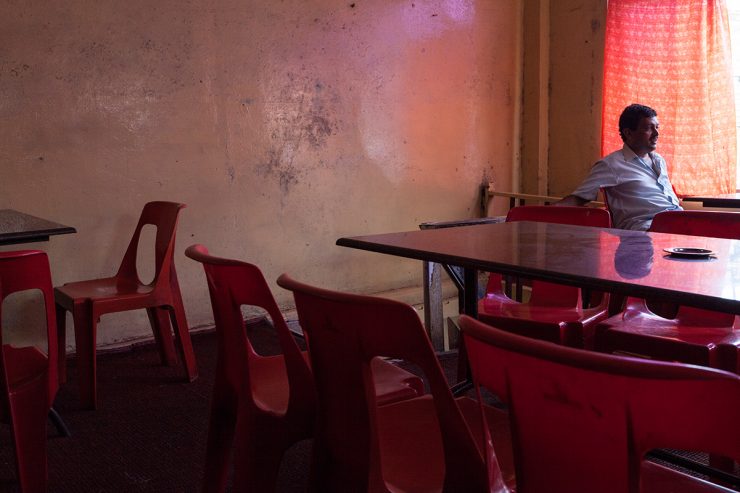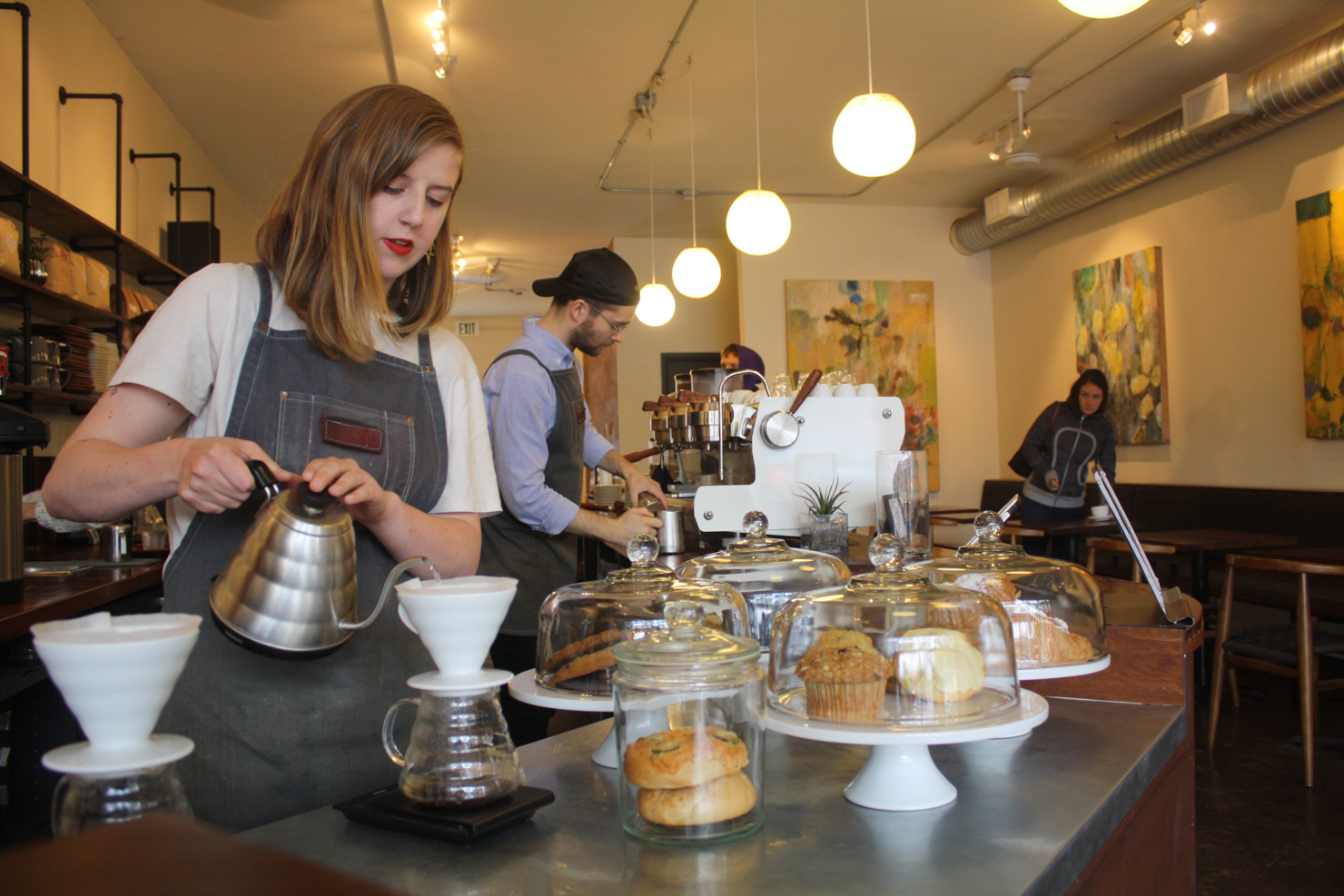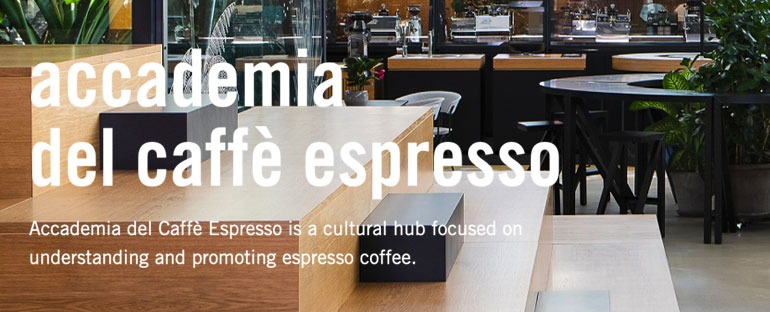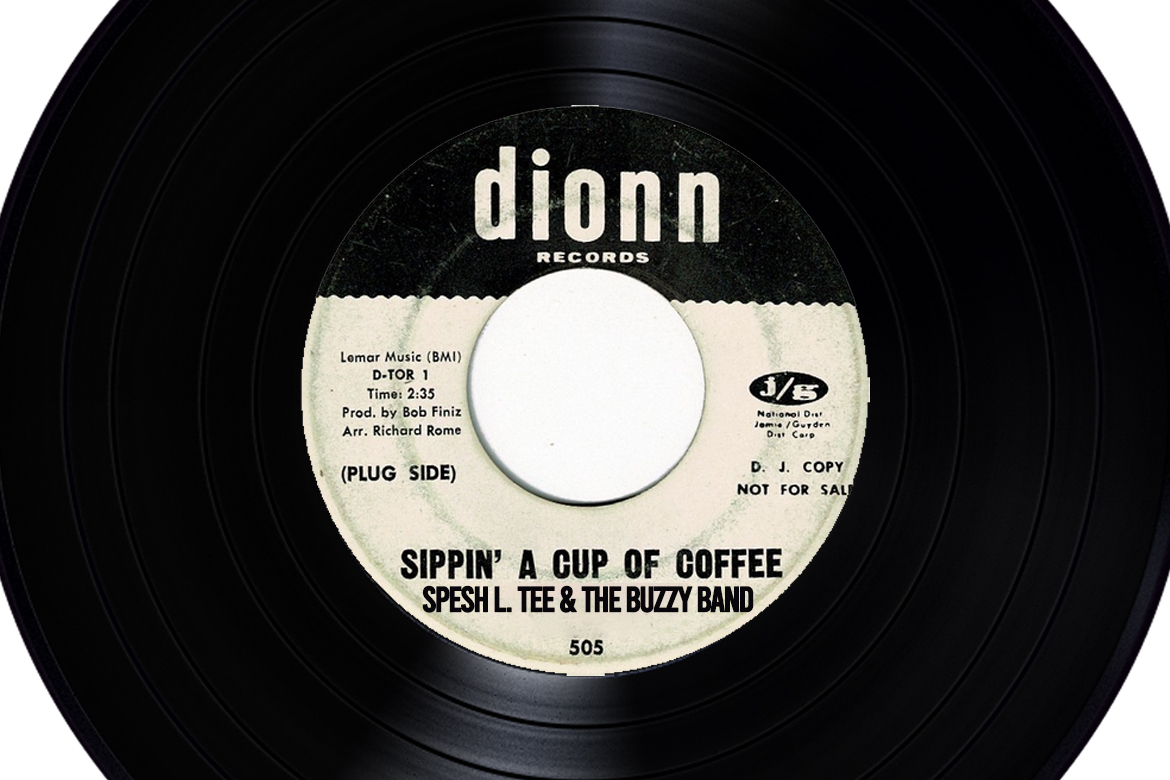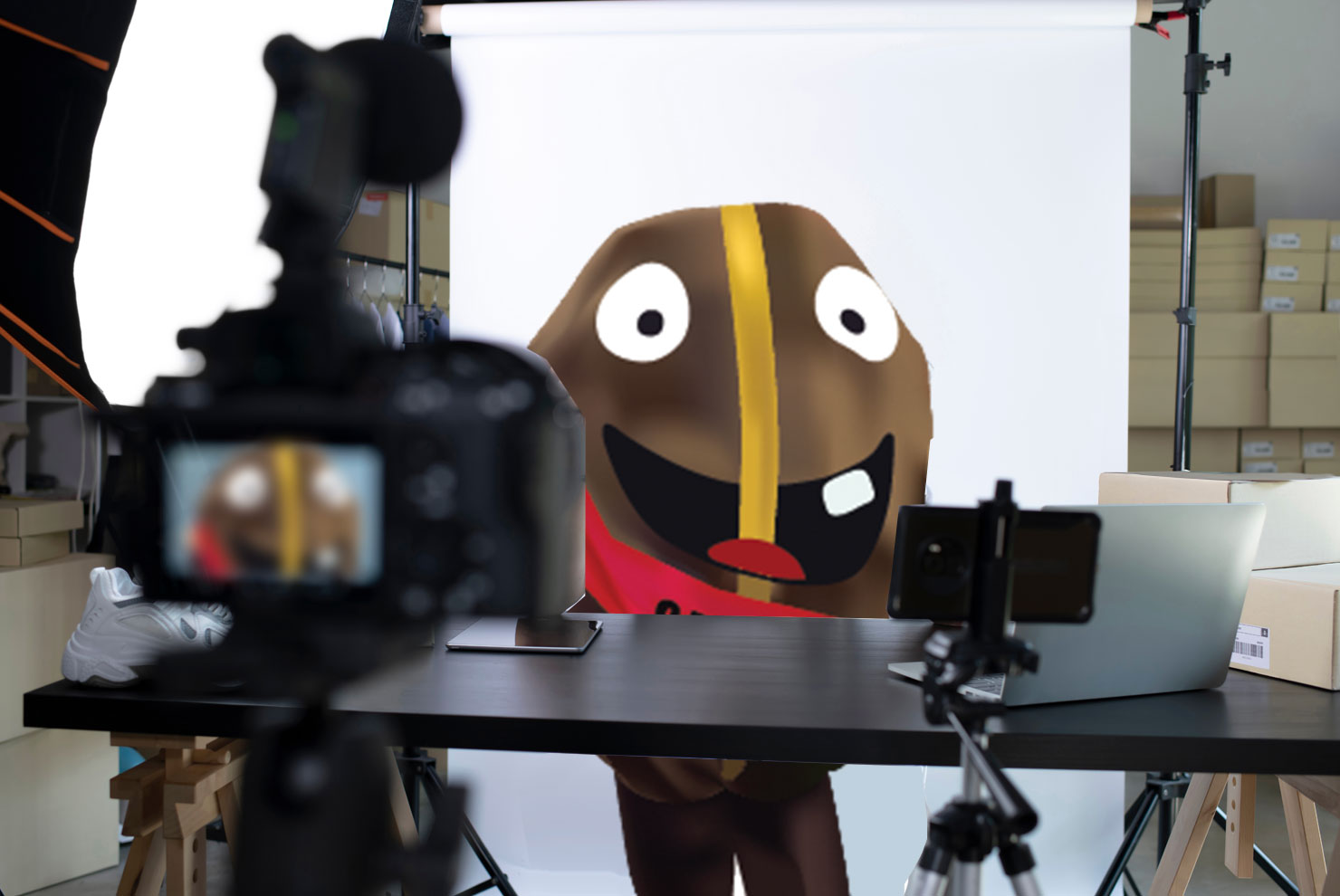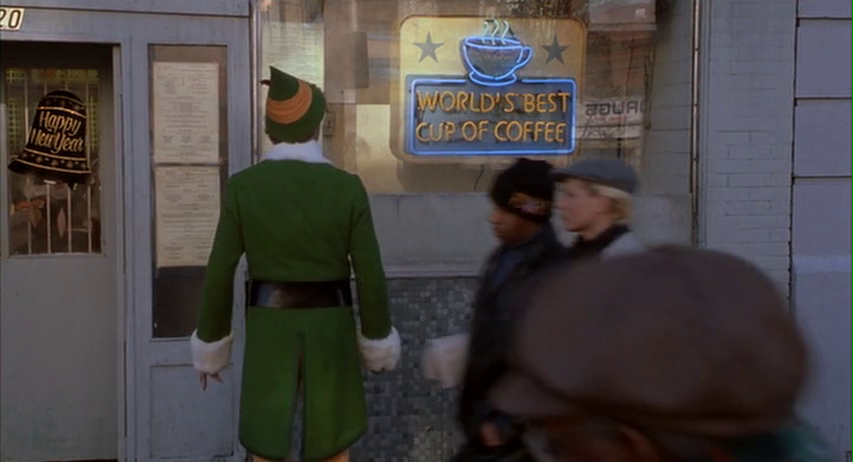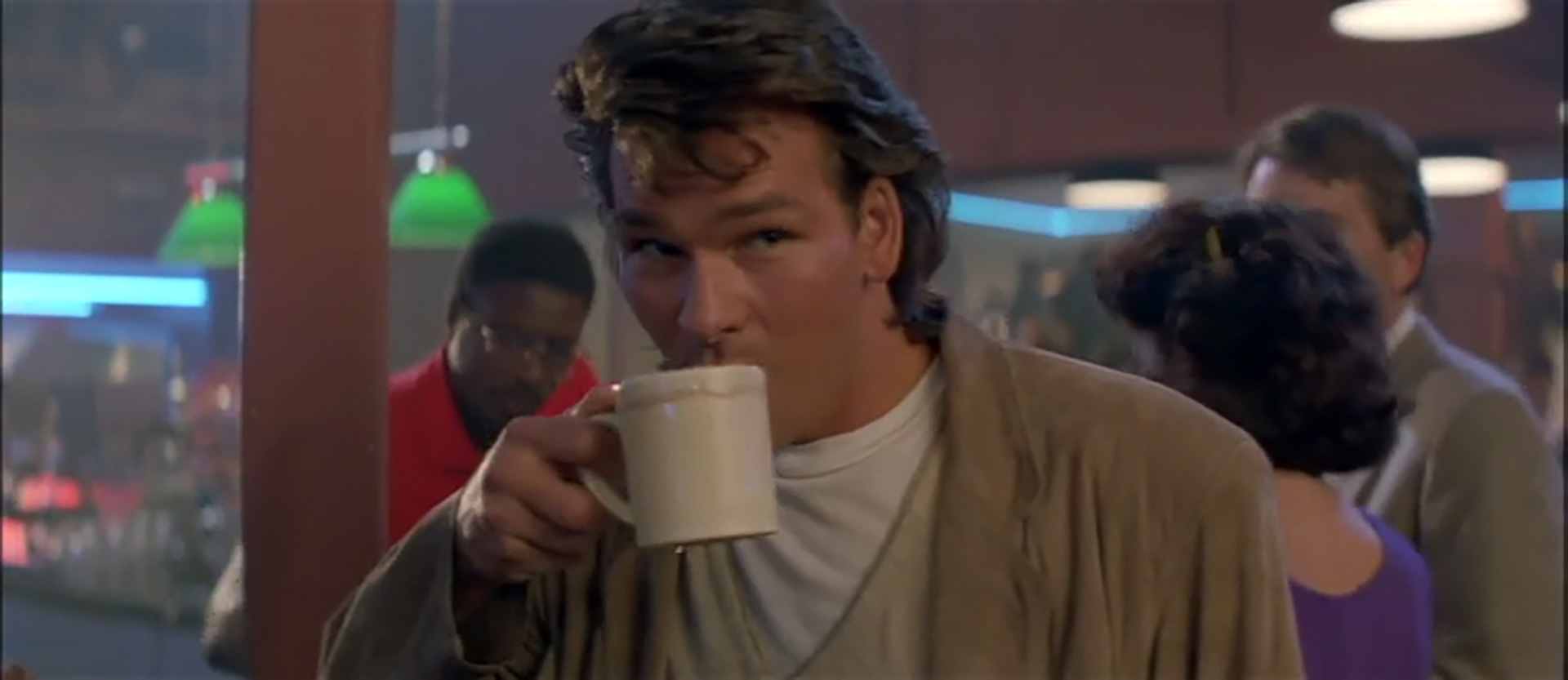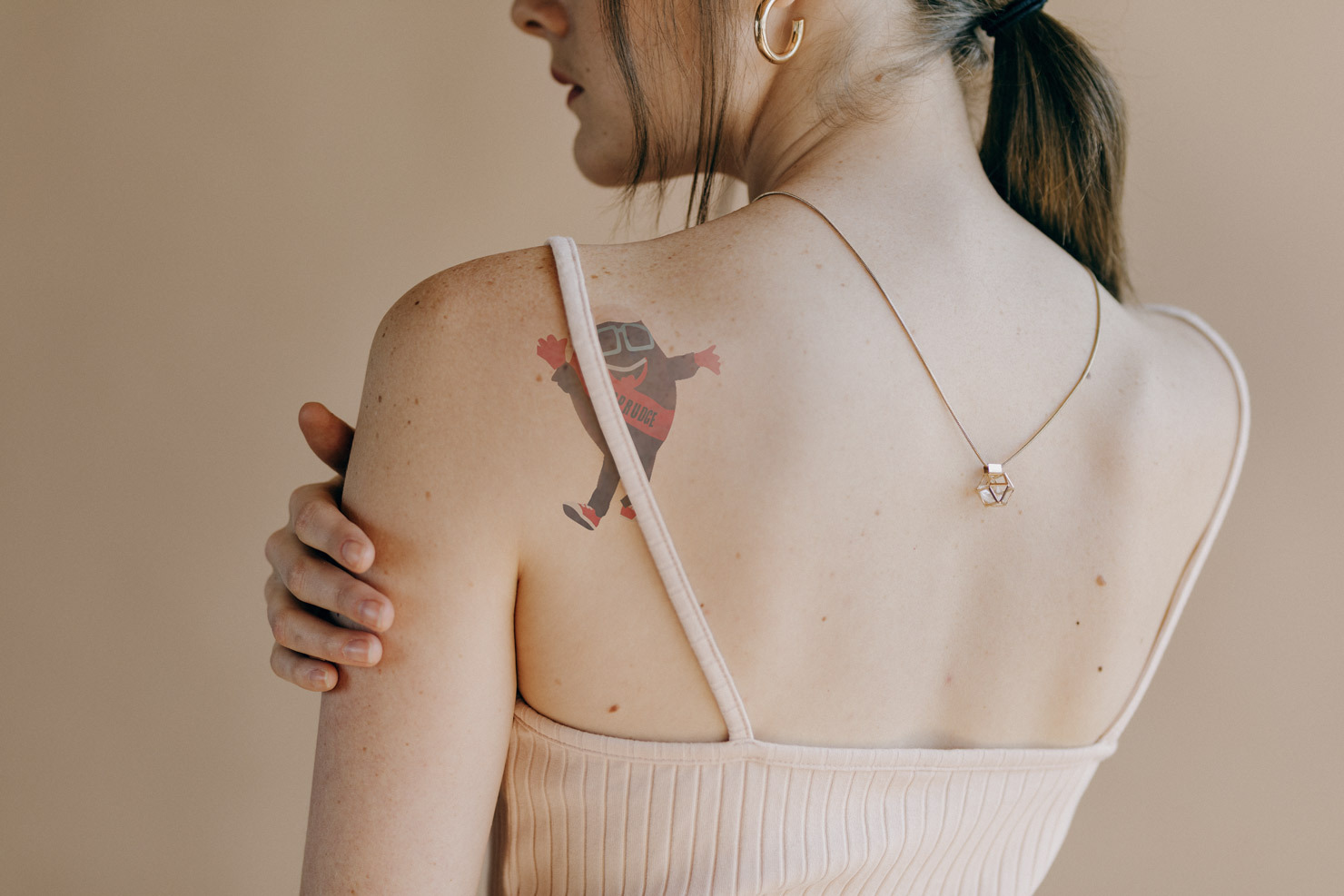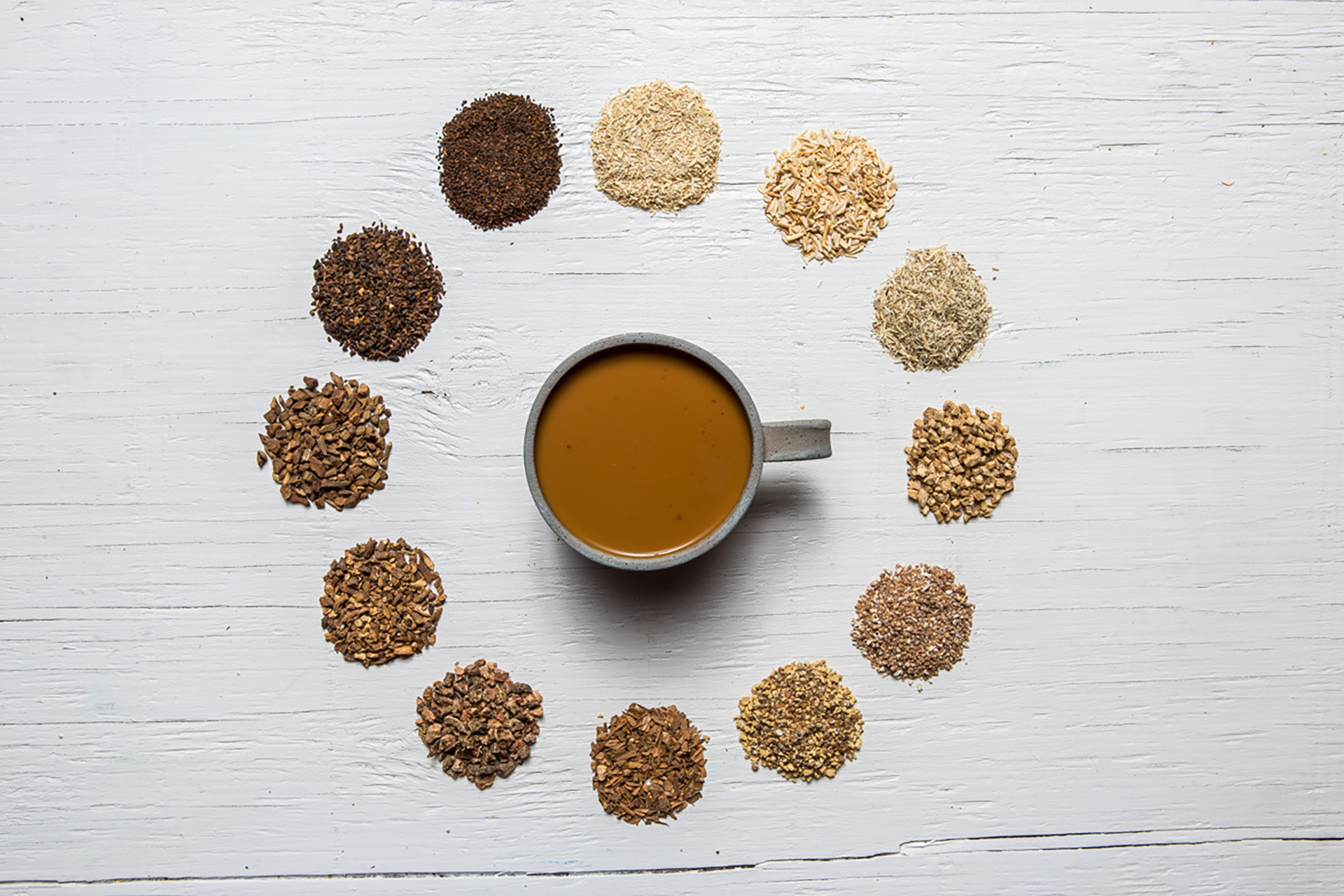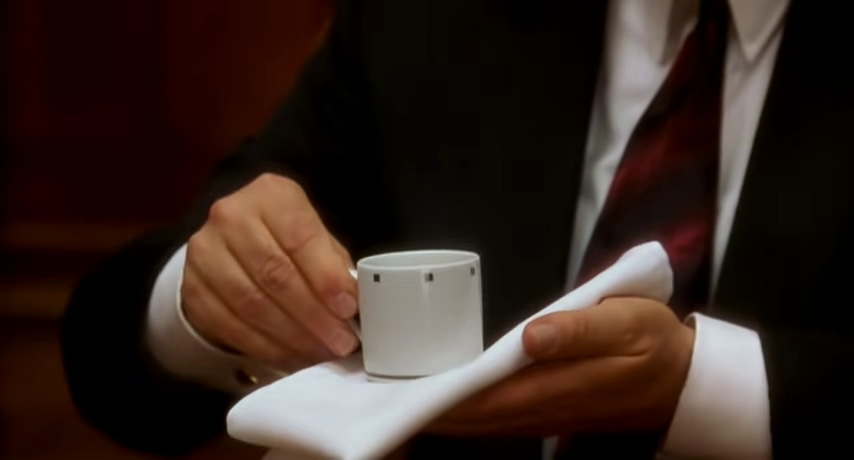Stuart Freedman is a remarkable photo journalist and writer, but don’t take my word for it. His work—typically focused on communities in the Third World—has been featured in TIME, Life, Newsweek, Der Spiegel and more, and appeared on gallery walls across Europe. Now a lecturer and mentor in the United Kingdom, Freedman’s latest project focuses on the history of Indian Coffee House, India’s largest restaurant chain, originally founded amidst the cultural and political tumult of India in the 1930’s. That work has been collected in a new book titled Palaces Of Memory: Tales From The Indian Coffee House.
India is a special place you have to experience yourself; full of life, colors, amazing food, friendly people, and organized chaos, which makes sense once you allow yourself to be part of it. My own travels for photojournalism recently took me to Bangalore, where I spent time in the sort of Indian coffee houses depicted in Freedman’s work, happily munching a dosa, sipping on coffee, and tuning out the world around me.
Back in London, I caught up with Freedman to learn more about Palaces of Memory, now fully funded thanks to a successful Kickstarter campaign. This book, three years in the making and informed by Freedman’s 20+ years of travel between Delhi and London, is a perceptive and intimate look into Indian coffee culture, and one brand’s astonishing place in it.
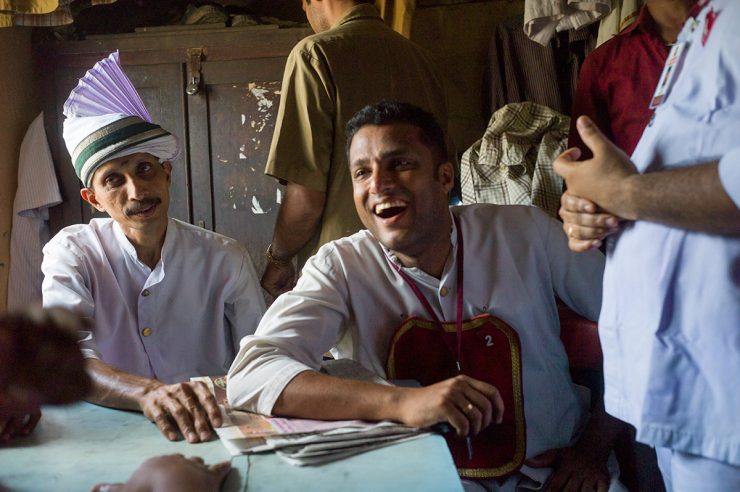
Hello Mr. Freedman—tell us a bit about your project by way of introduction. What are Indian Coffee Houses?
They were established in the 1930s by the British who opened them in part to sell the Indian coffee crop to a largely tea drinking population. Ironically, they became a hub for those plotting revolution and independence.
For me, the Delhi Coffee House—a rather shabby cafe atop a brutalist shopping center at the edge of Connaught Place in central Delhi—became a refuge, somewhere as a young journalist in the mid-1990s I spent a good deal of time sheltering both from the heat and the stares and strangeness of the Delhi streets. When I went on assignment, I always visited the Coffee House branches nationally. It wasn’t the food or the coffee but rather the people that I had conversations with that were the draw. For me, it became clear that the Coffee Houses were an echo of the cafes—greasy spoons, really—that I grew up with in the Hackney of my childhood in East London. They spoke to me in a way of the faded hopes and dreams but also of the poetry and politics that were discussed. You met the most extraordinary people and it led me to the realization that the people in the Indian Coffee Houses were the same the world over. Although I’d been a photographer covering many difficult places by the mid-1990s, that realization changed the way that I saw the world. It made me realize that the world was the same—that people had the same problems and the same aspirations and loves. It was a salutary lesson for a young journalist and that’s why I’m very grateful to these places.
That was almost 20 years ago, but back in 2010, the Delhi Coffee House was threatened with closure and the city seemed to remember it again. I’d actually never photographed there but on a commission from a German magazine, I wrote a long piece about the place and discovered that this Coffee House and indeed all the Coffee Houses had this enormous cultural importance to modern India. I was lucky enough to take three or four more assignments all across the country that allowed me to make the bulk of the images for the book.
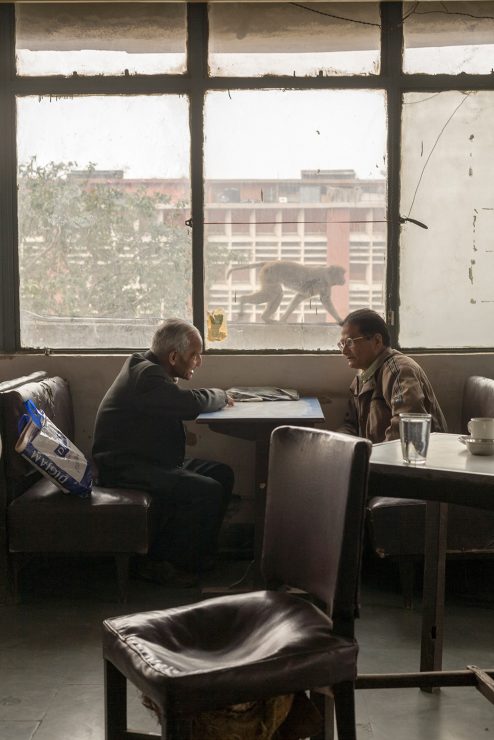
For me, the phrase itself—”Coffee House”—connotes traditional coffeehouses throughout history, the kind that used to populate London back in the 1800s. These meeting places are really information exchanges, and have for centuries paved the way for the formation of great institutions such as Lloyd’s of London and The Royal Society. In your research, did you find similar cultural histories in the Indian Coffee Houses?
Coffeehouses the world over are about exchanges of information and the Indian ones were no exception. I interviewed many characters, ranging from authors to politicians, for my original piece on the Delhi Coffee House and what became clear was that they were inextricably linked to the progressive (and sometimes revolutionary) struggle for independence and the Nehruvian socialist moment that is rapidly closing in the country. The point about coffee is that it is a social lubricant. In that sense, the Coffee Houses are analogous to the Parisian Left Bank cafes and the Ahwas of Cairo. They are in essence what the Bengalis call an “Adda”—a place where people spend their days meeting and discussing. The Coffee House in Kolkata played host to the writer and poet Tagore and the nationalist leader Bose. Later, the great film director, Satyajit Ray, would frequent the place with a host of other writers and artists. The Delhi Coffee House was always the haunt of journalists and politicians and today the Shimla and Allahabad branches are still full of lawyers and politicos.
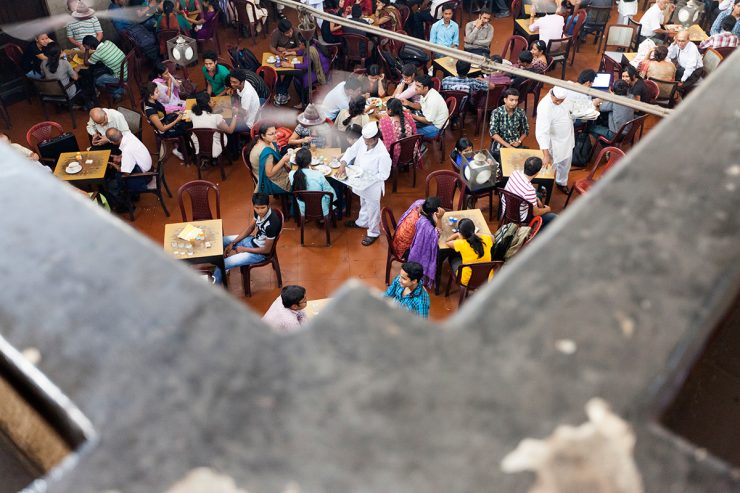
Most people don’t think of India as a coffee drinking nation, but as I found out in my recent trip, South India has a rich coffee drinking history. Have you found that coffee drinking cultures differ considerably between the north and south of India? Has this changed much over the last 20 years since you have started your regular trips to India?
Actually, India’s first coffee house opened in Calcutta after the battle of Plassey in 1780, then two years later, another one opened at the mouth of the Madras Fort and was run along the same lines as Lloyd’s of London. According to David Burton in his “The Raj at the Table“, it offered “Indian and European newspapers for his customers to read. Other houses also offered free use of billiard tables, recovering their costs with the high price of one rupee for a single dish of coffee.” Coffee in the south became a distinct lifestyle but by the 20th century the British, dismayed by low international coffee prices, decided to expand the home market.
North India had always been a tea drinking area so this was no mean task. By 1942, the Raj had formed the Indian Coffee Expansion Board as a “friend, philosopher, and guide” to coffee growers and set up coffee stalls (and then cafes) across India selling hot coffee, coffee powder, and “English snacks.” Back in Delhi, American servicemen waiting to be posted to the Burma front were sampling the newly-opened modern delights of Edwin Lutyen’s orderly and planned city. They could join their well-heeled Indian hosts at the cinema, enjoy ice cream at Kwality, a jukebox at the United Milk Bar, watch German cabaret at Nirula’s, and dance with their Anglo-Indian dates. Cafe society had come to town.
By 1957, Geeta Bali and Shammi Kapoor entranced cinema audiences with their film, “Coffee House“, and in the following year, Dave Brubeck played the university (where there was another Indian Coffee House) and Che Guevara came to town. In Europe and America, young people were finding their voice in the same kind of places. Today, the landscape is being filled by multinational chains and Starbucks inevitably entered the market last year.
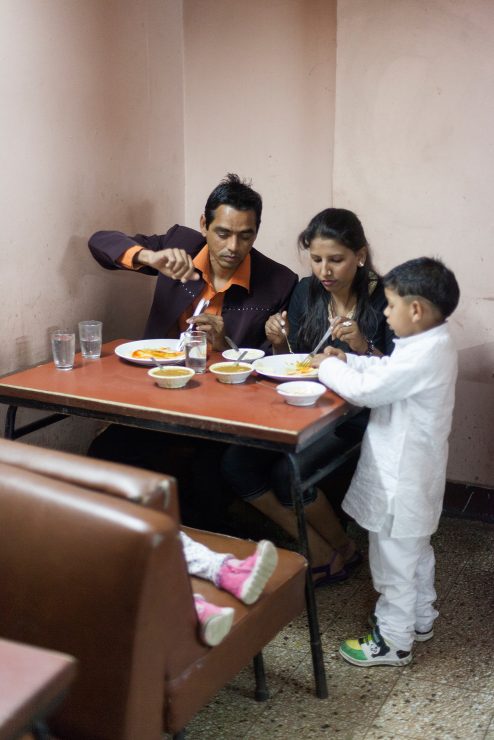
Indian Coffee Houses can be found in different places from tops of shopping malls to art deco buildings. What are some of the most beautiful ones you have found on your travels? Which ones do you feel people must visit?
Well, for me the Delhi Coffee House will always be the best, but another one very close to my heart was the branch in Kollom in Kerala, that closed last year—a beautiful pastel blue interior with several rooms. The Jaipur one has just been redecorated but is still charming. The one in Sector 17 in Chandigarh is a beautiful and on two levels, and the branch in Allahabad—essentially a long hall—is wonderful. That said, I always visit the one on College Street in Kolkata for the history and the one in Shimla for the impressive gathering of old men who will inevitably drag you to their table and invite your opinions on just about anything. The branch in Trivandrum is worth a visit alone for British architect Laurie Baker’s idiosyncratic building, and one of the branches in Kottayam is cavernous and a bit of a gem.
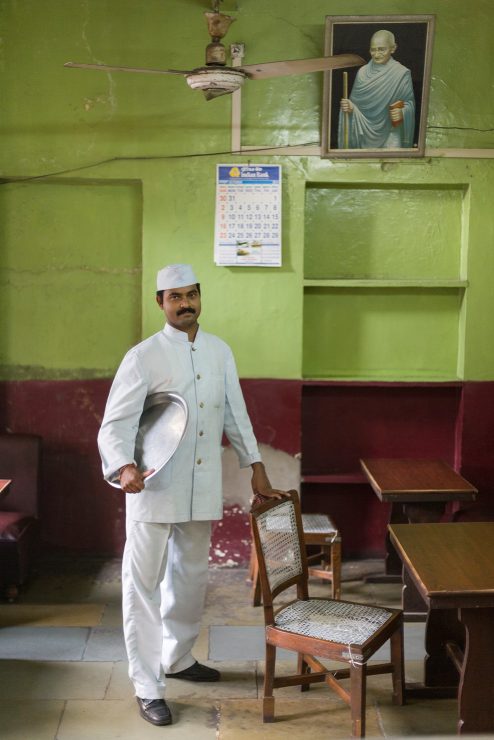
Indian Coffee Houses are well-known for offering affordable food. What are some of your favorite dishes?
I’m pretty much a dosa addict but the vadas and sambar are usually excellent wherever you go. I must say that I’ve probably eaten more cheese toast in the Delhi branch than is good for me.
How long has the project taken you to complete? When can we expect the book to be available?
I think that overall this has been about four or five years in the making. The book should be in the shops by Christmas 2015.
Vic Frankowski is a Sprudge contributor, photojournalist, and coffee professional based in London. Read more Vic Frankowski on Sprudge.





